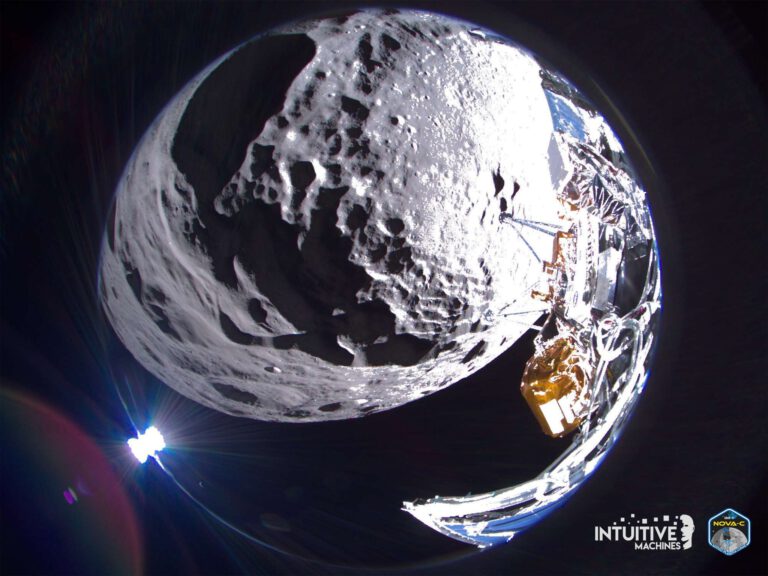A leap forward has been made in the field of quantum computing as scientists successfully create and manipulate non-abelian anyons using quantum computers. These peculiar particle-like entities exhibit an extraordinary characteristic—they retain a memory of their swapping, similar to how a braided ponytail remembers the order of its strands. Two separate research teams, led by Google and quantum computing company Quantinuum, respectively, have achieved this feat, bringing us closer to error-resistant quantum computing.
Non-abelian anyons challenge conventional notions about the behavior of swapped objects. While it is impossible to discern whether two objects have been swapped in our 3-D world, such swapping has a measurable effect in the quantum realm. By confining particles to two dimensions, scientists can observe quasiparticle behavior, leading to the creation of these unique anyons.
Traditionally, subatomic particles are classified as either fermions or bosons based on their swapping behavior. However, in two dimensions, anyons provide an alternative category. Anyons demonstrate a directly measurable effect when swapped, distinguishing them from fermions and bosons.
The potential of non-abelian anyons for quantum computing was recognized in the 1990s. These anyons could help protect fragile quantum information from disruptions, presenting an exciting prospect for constructing robust quantum computers. The recent studies by Google and Quantinuum demonstrate the creation of non-abelian anyons using superconducting and trapped atom qubits, respectively, within quantum computers.
While these achievements are significant, there is still much work to be done to harness the full potential of non-abelian anyons for quantum computing. Google’s study, in particular, produces anyons that exist within a more commonplace framework, potentially limiting their computational power. Nonetheless, these breakthroughs confirm the validity of quantum mechanics and open up new avenues for exploration.


















+ There are no comments
Add yours